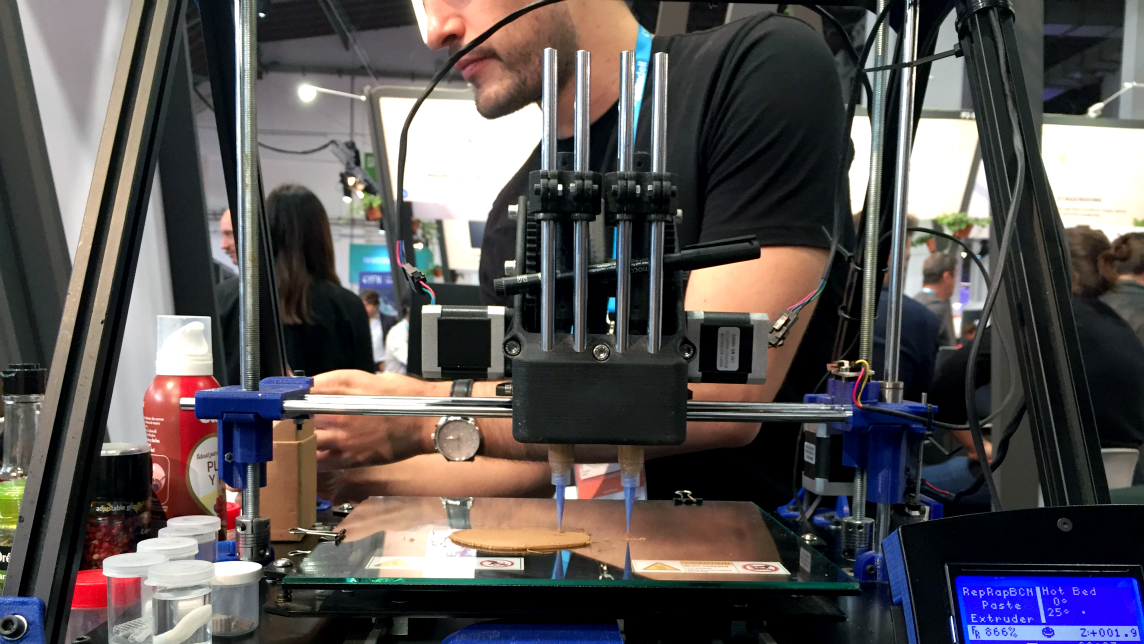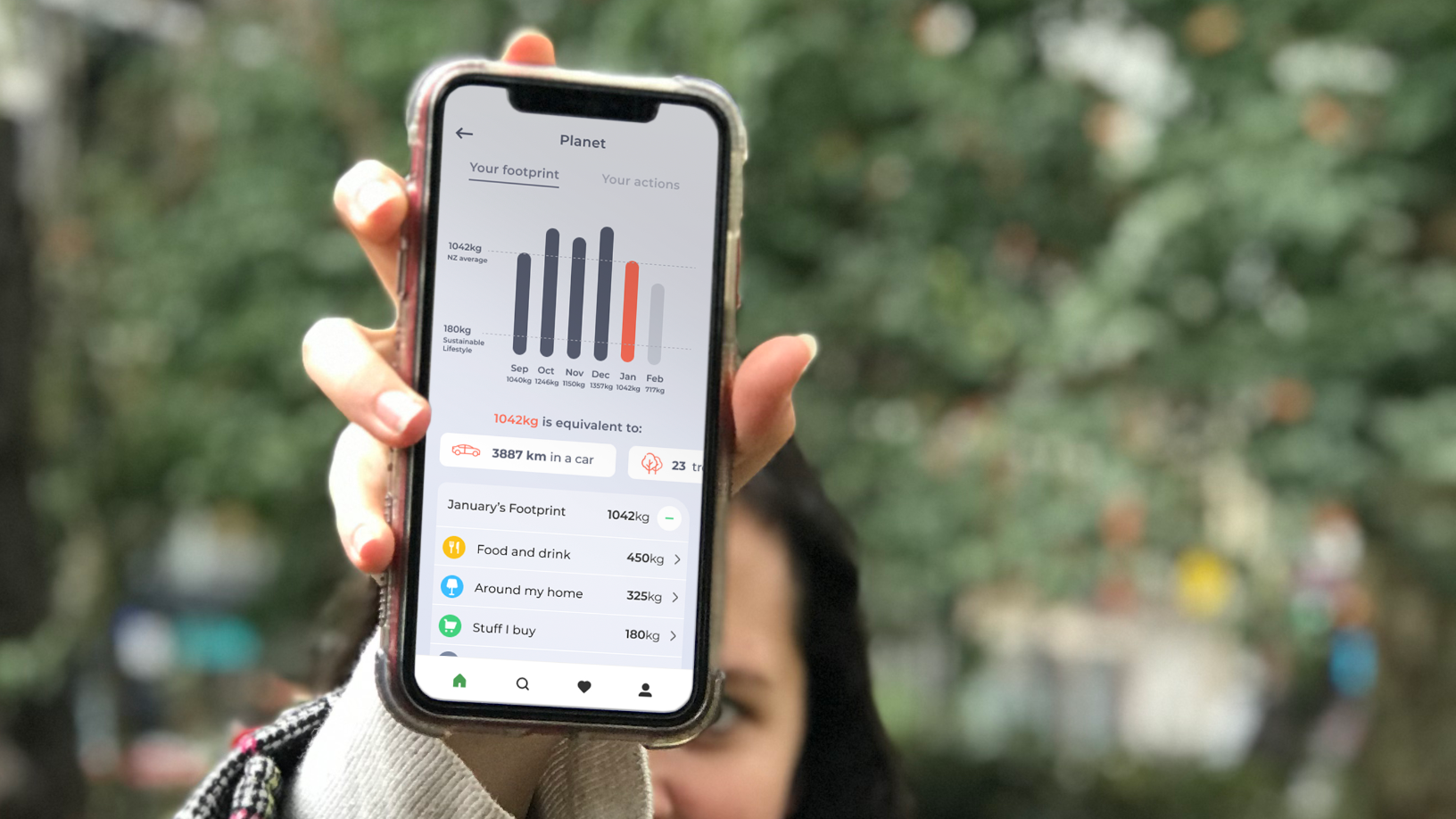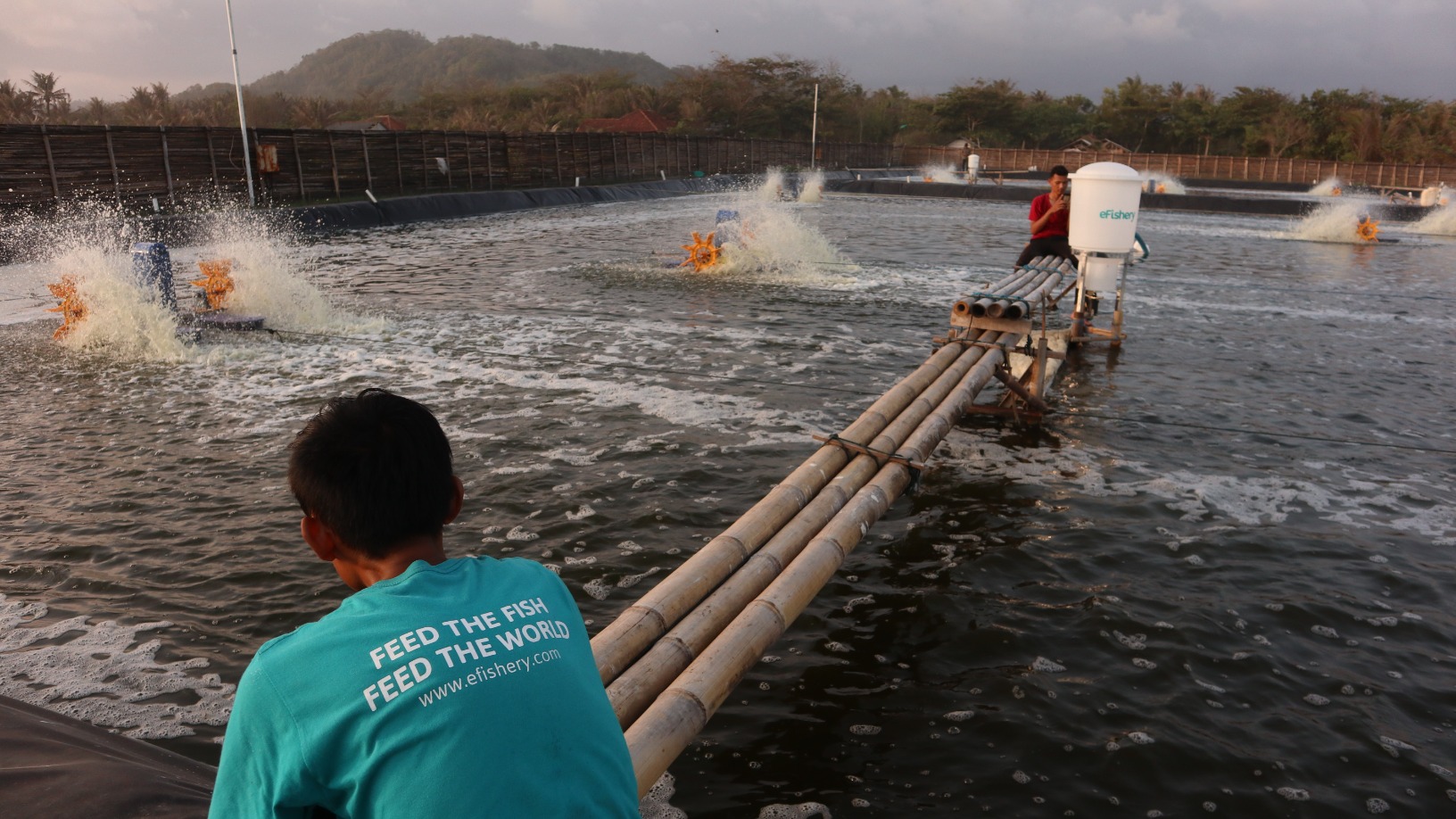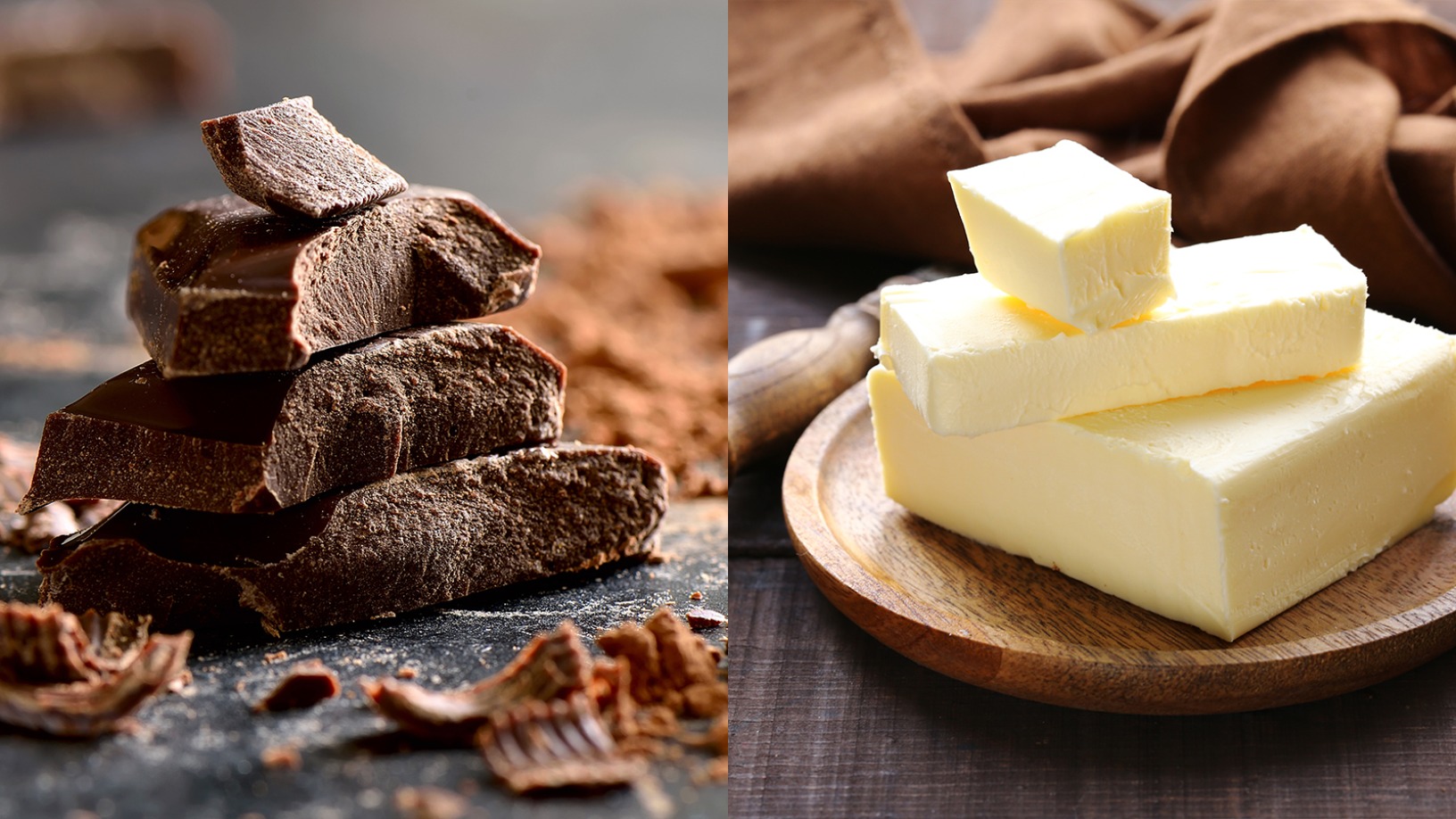Barcelona-based Novameat has developed the first plant-based micro-extruded fibrous meat using 3D bioprinting technology. Although there are many meat substitute products already on the market, Novameat says its product is the first to have a texture that is akin to that of a real steak.
As consumers around the world shift their food consumption habits away from meat, demand for meat substitute products is growing significantly. In the United States - where nearly eight in 10 millennials eat meat alternatives - sales of meat substitutes rose 30% in the year to April 2018. Californian startup Beyond Meat, backed by Bill Gates and Leonardo DiCaprio, has announced it hopes to raise US$100 million in its IPO.
Elsewhere, China has declared a plan to cut meat consumption in half by 2030. In Europe, launches of meat substitute products rose more than fourfold between 2013 and 2017 and multinational FMCG companies are moving fast to get ahead of the curve. Anglo-Dutch conglomerate Unilever acquired Dutch meat substitute manufacturer The Vegetarian Butcher and Nestle has announced the launch of a meat-free burger under the Gourmet Garden brand.
But perhaps surprisingly, demand for meat substitute products is not especially being driven by vegans and vegetarians. Concerns about the impact of livestock emissions on the climate have given rise to so-called "flexitarians," the term used for those who reduce their intake of meat in the pursuit of a healthier plant-based diet, and as a means of reducing their carbon footprint. In Britain, some 21% of consumers identify as flexitarians, and a third eat meat-free or meat-reduced diets.
Speaking to CompassList at the 2019 edition of 4YFN, Novameat founder and inventor Giuseppe Scionti outlined how he plans to take his invention from development to mass production in the hope it will become the "Nespresso for meat substitutes."
This interview was conducted in Italian and translated by CompassList. It has been condensed and edited for clarity.
Q. Tell us about yourself and how you came to work in this field?
A. I’m a biomedical engineer with a PhD in tissue engineering. I’ve been working on biomedical applications and tissue engineering – a field of science that investigates how to create artificial organs and tissue replacements – for 10 years at universities in Italy, Sweden, Britain and Spain. Most recently, I was working as Assistant Professor of Bioengineering at the Polytechnic University of Catalonia (UPC), doing postdoctoral research in tissue engineering focused on bioprinting, which is a technology that uses biomaterials and 3D printing to create human organs.
There, I created a piece of ear that had a texture which was similar to that of a human ear. I patented the technology in August 2018. After talking with chefs here in Barcelona, including Ferran Adriá and other Michelin-starred chefs, and with media and investors, I left the university last November to start Novameat.
Tell us about development of the first prototype.
The first prototype was developed in February 2017. It was very red because I used a different composition than the one I’m using now. That [prototype] was mainly done to demonstrate that it was possible to achieve the texture of meat, and I used food coloring that made it red. It was an initial composition, made with simple ingredients and proteins; the objective was to attain the texture.
The current composition is made up of rice proteins, pea protein and some algae fibers. It costs US$2 to produce 100gr but that price will reduce as volumes increase.

What is your business model?
The idea is to commercialize the technology by selling licenses as well as the composition, which can be customized for different clients. This means the production of the 3D plant-based meat will be done by our clients independently.
What is the lifespan of the plant-based meat?
We haven’t determined the expiration date yet. The final product will have to be packaged, pasteurized and sterilized. The same goes for the compositions, meaning the ingredients must also be pasteurized and sterilized. So the packaging has to be done correctly through a research center that controls the product's expiration date, how it can be stored, at what temperature, and how it can be transported and conserved. All of this can be done only once we find and confirm the ingredients, meaning once we achieve the taste we want.
Will you look for external suppliers of the plant-based compositions?
Yes, we will partner with companies that produce select ingredients and which are experts in terms of mixtures that taste good, including the taste of meat. We are in contact with several companies, we just need to select which one to work with.
Have you considered partnerships with NGOs to bring meat substitutes to protein-stressed areas of the world?
I’m talking with the United Nations Food and Agriculture Organization (FAO) to see if there is a project where we can use this technology to create something that is both affordable and has the nutritional value needed in rural areas. An example could be vitamins and amino acids that are not present in some diets. We definitely want to exploit this technology for humanitarian purposes and have applied to the World Food Program, which has a €120,000 equity-free fund for projects like this.
Where else are you seeking funding?
We are aiming to close a €500,000 funding round before April. The fund will be used to finalize the product in terms of texture, taste and nutritional properties. The money will basically be used on prototype and technology development of the composition; we will need to test ingredients, nutritional properties and consumer feedback.
What are your plans for building your business internationally?
We will be starting from Europe; we already have contacts in Spain, Switzerland and Italy. We will be scaling up based on the companies we can partner with and whether they can support our international growth at mass-production scale. We will definitely try to stay with renowned entities and I’ll do my best to push this within the European ecosystem first, though there are also very good players outside Europe. We are looking for potential partnerships in Asia and especially the US.
US investors are highly interested as they have the experience and they know this is a good field of investment. The power of US VCs is stronger in terms of funding, they are also faster in reaching out.
When can we expect to find your product in supermarkets?
In supermarkets, this will happen four years from now. In some specific restaurants, it might happen in one or two years. Supermarkets are more complicated as it requires a mature relationship with food corporations. I honestly thought it would have been faster; this is my first entrepreneurial experience and I’m learning that you need to work on multiple levels, and this takes time.











